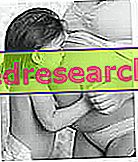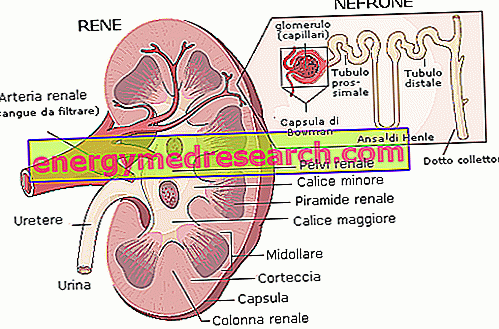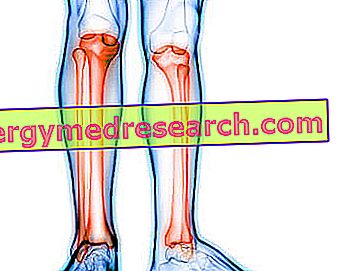Edited by Eugenio Ciuccetti, Obstetrician
Among the hormones most involved during pregnancy, and more generally in the whole area of so-called reproductive function, we certainly have oxytocin.
Synthesized in the neurons of the supraoptic and paraventricular nuclei of the hypothalamus, oxytocin is then released into the bloodstream from the posterior pituitary (or neurohypophysis).

Returning to labor for a moment it must be emphasized that the release of this hormone occurs in successive waves to reach a maximum during the expulsive period. Its effectiveness in this phase is also due to the estrogens that stimulate the synthesis of its receptors.
Oxytocin is then released in the prodromal and dilating period as a consequence of the pressure of the part presented on the cervix. Also for this reason, therefore, a well-presented part adapted to the uterine mouth - as happens in the physiological presentation of the vertex - will determine valid and regular contractions, while a breech or deflected presentation will result in less effective contractions.
But the functions of this hormone and the impulses that increase its circulating quantity are varied. Still with regard to pregnancy, it has been observed that oxytocin levels tend to progressively increase already during the previous months of gestation, probably intervening in the regulation of the endocrine activity of the placenta and influencing cervical maturation.
More generally oxytocin is involved in all sexual activity and in achieving the same orgasm. Any stimulation of the genital sphere, for example of the clitoris, on the other hand seems able to induce its secretion. Even the transport of sperm through the female genital tract and the contractility of the ovarian follicle at the time of ovulation appear to be conditioned by the action of this hormone.
Sometimes oxytocin is administered to the woman from the outside. This is to start or accelerate a labor that is struggling to progress. However, before these extreme exogenous interventions - which in any case interfere with the physiology - we should remember and favor those natural factors that influence its spontaneous endogenous synthesis.
For example, allowing the woman to use water or to be able to move freely during labor, instead of forcing her to bed, means reducing her state of anxiety and stress, and therefore also the levels of adrenaline present in her body. And this allows the beneficial properties of endorphins and, precisely, oxytocin to be increased automatically and inversely. It should also be remembered that the possible execution of the episiotomy involves, among its various consequences, also that of interrupting the nerve impulse that stimulates the secretion of this fundamental hormone.
In summary, inhibiting the production of oxytocin means: slowing labor (both from the point of view of contractions and dilation), lengthening the expulsive period, increasing the risk of post-partum bleeding and problems with breastfeeding.



